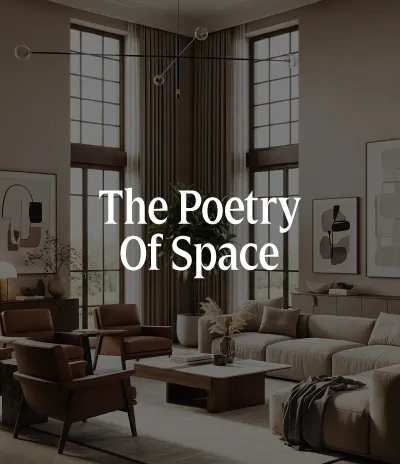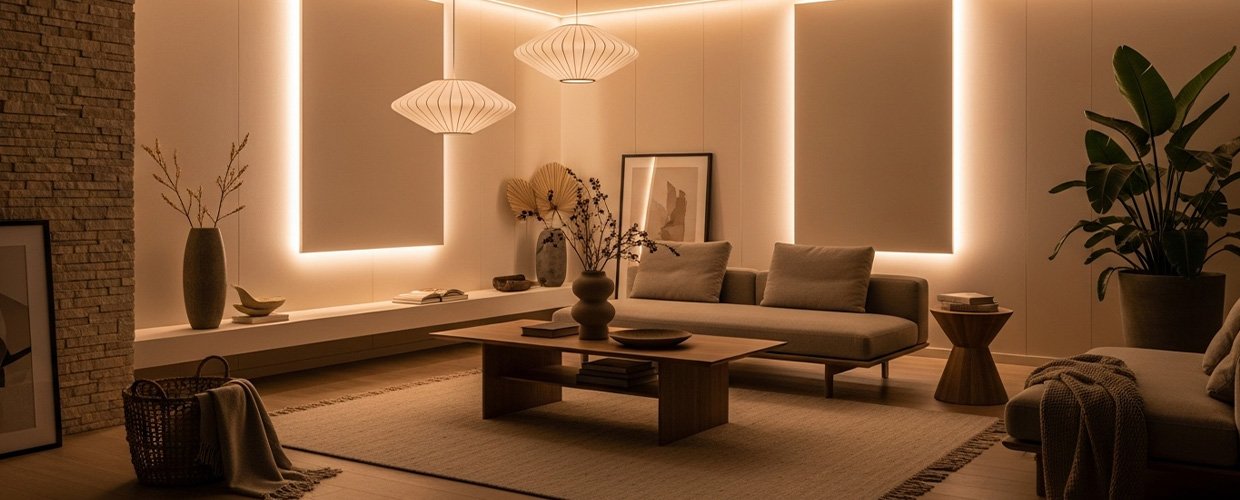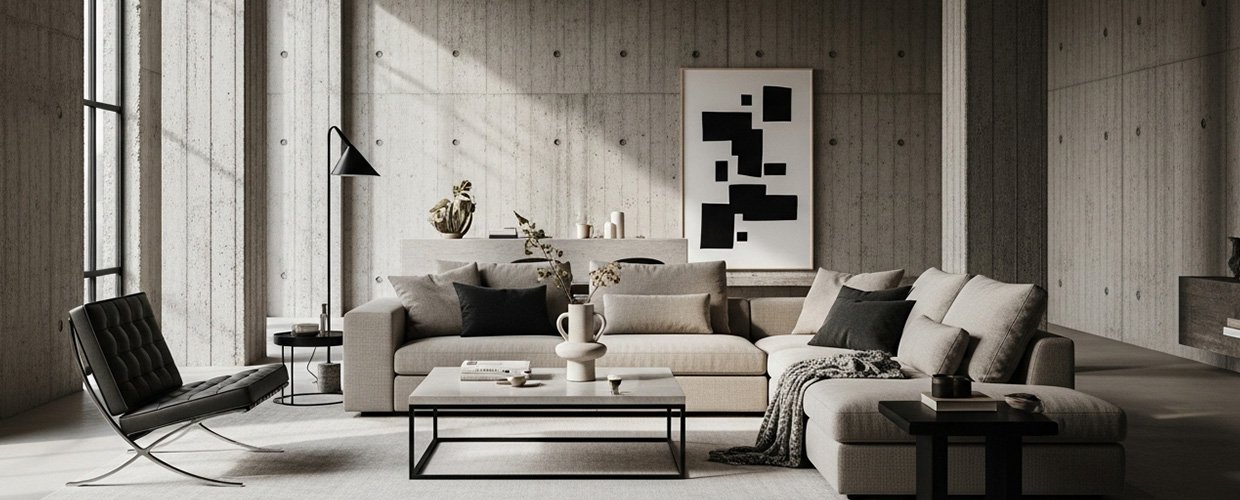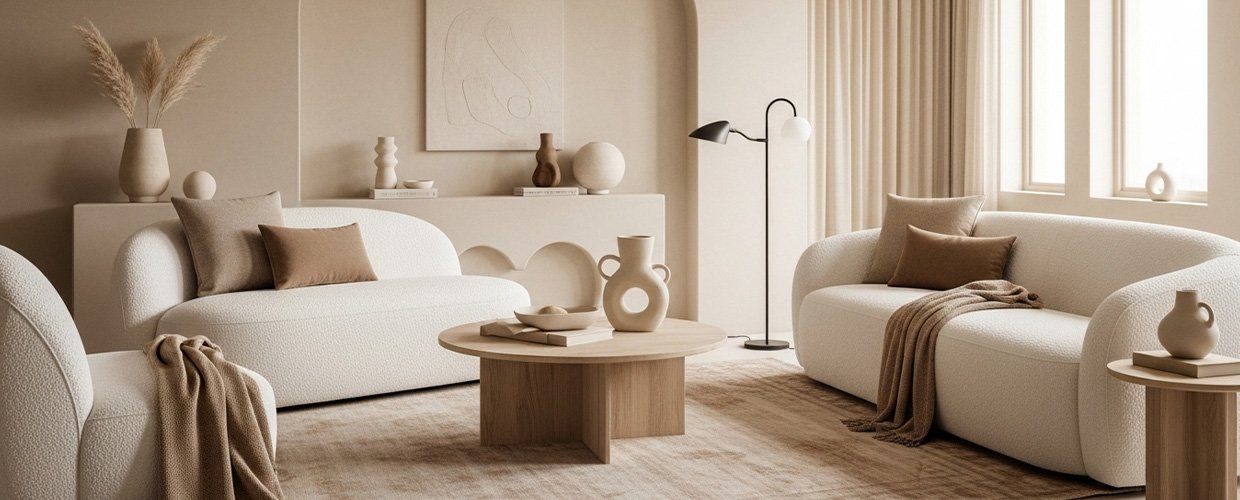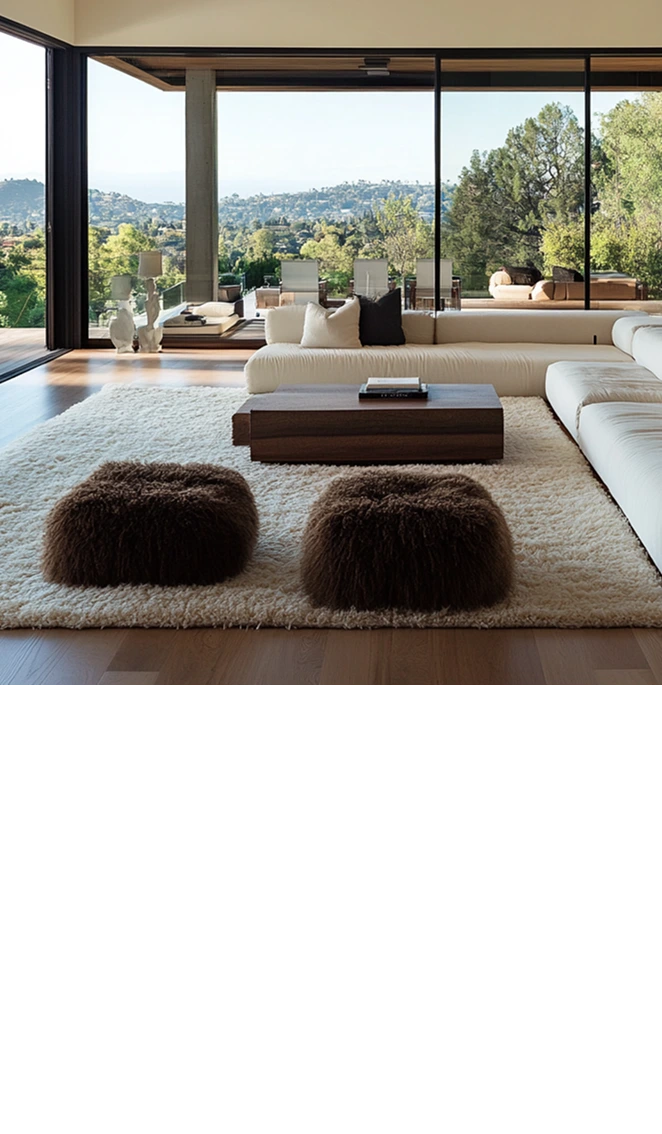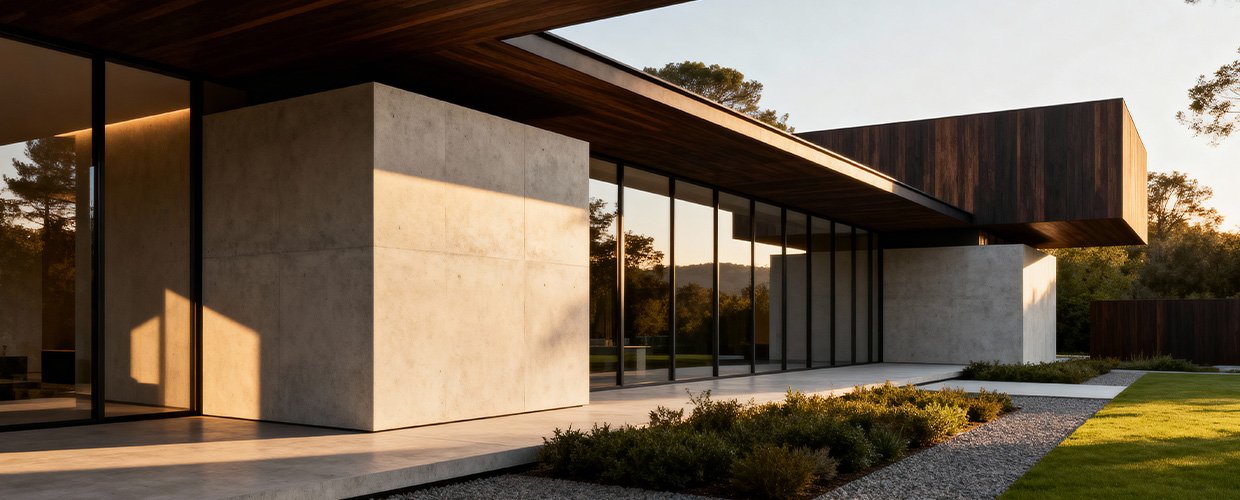
Minimalist House Design: Key Elements Every Architect Should Know
Minimalist house design is a paradigm that celebrates simplicity, functionality, and the effective use of space. It is rooted in the principle of ‘less is more,’ where each architectural and design decision is intentional and serves a purpose. For architects and design professionals, understanding minimalist house design key elements is crucial for crafting spaces that are not only aesthetically pleasing but also deeply functional. This design philosophy is characterized by clean lines, open spaces, and a restrained palette that collectively create an environment of tranquility and order. As the demand for minimalist living grows, driven by lifestyle shifts towards sustainability and mindfulness, architects are increasingly called upon to integrate these principles into their projects. This article explores the foundational elements that define minimalist house design, providing architects with the insights needed to implement these concepts effectively in their work.
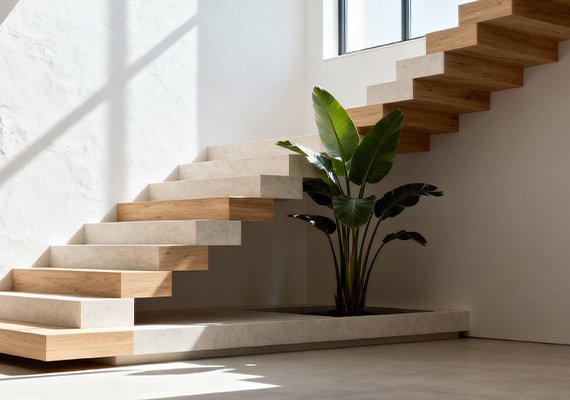
One of the primary elements of minimalist house design is the emphasis on open floor plans. These layouts facilitate a seamless flow between spaces, eliminating unnecessary walls and barriers. This not only maximizes natural light but also creates a sense of openness and continuity. Additionally, minimalist design often utilizes a neutral color palette, focusing on whites, grays, and earth tones, which contribute to a serene and uncluttered atmosphere. Another critical aspect is the use of simple geometry and clean lines. Furniture and architectural elements are crafted with precision, avoiding ornate details and focusing on functionality. Storage solutions in minimalist homes are ingeniously integrated into the architecture, maintaining the clean aesthetic by reducing visible clutter. Furthermore, the selection of materials plays a significant role; natural materials such as wood, stone, and glass are preferred for their ability to add warmth while maintaining simplicity. Understanding these components allows architects to design spaces that not only meet but exceed the expectations of clients seeking minimalist environments.
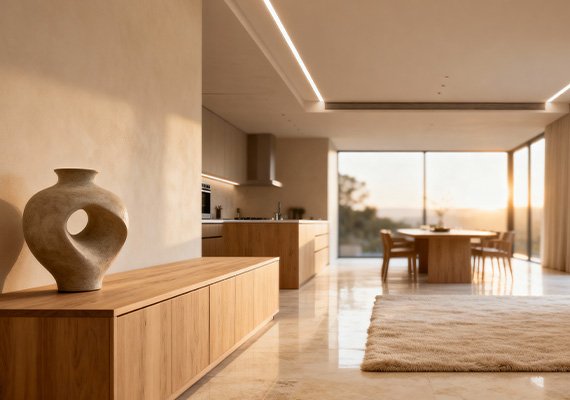
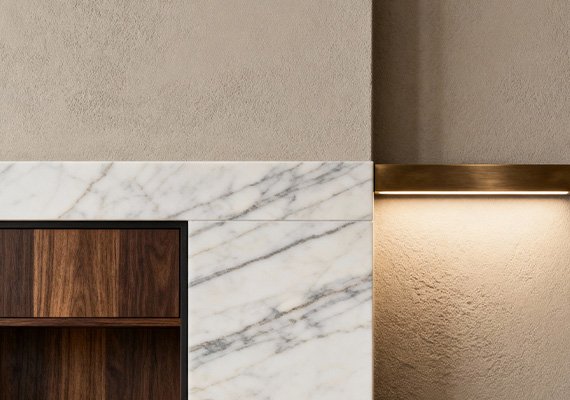
In summary, minimalist house design is more than an aesthetic choice; it is a lifestyle that prioritizes functionality, simplicity, and sustainability. By focusing on key elements such as open floor plans, neutral color palettes, and the use of natural materials, architects can create spaces that resonate with the principles of minimalism. These elements, when carefully considered and applied, result in environments that are not only beautiful but also enhance the daily lives of their occupants. As architects and design professionals continue to explore the possibilities of minimalist design, they are encouraged to remain mindful of the balance between simplicity and functionality. Future considerations might include the integration of smart home technologies that complement minimalist aesthetics, further enhancing both the utility and appeal of minimalist living spaces. Ultimately, the success of minimalist house design lies in its ability to create timeless and personal environments that elevate everyday living, aligning perfectly with the brand purpose of AB Concepts: crafting refined and functional environments.
TRENDING NOW

